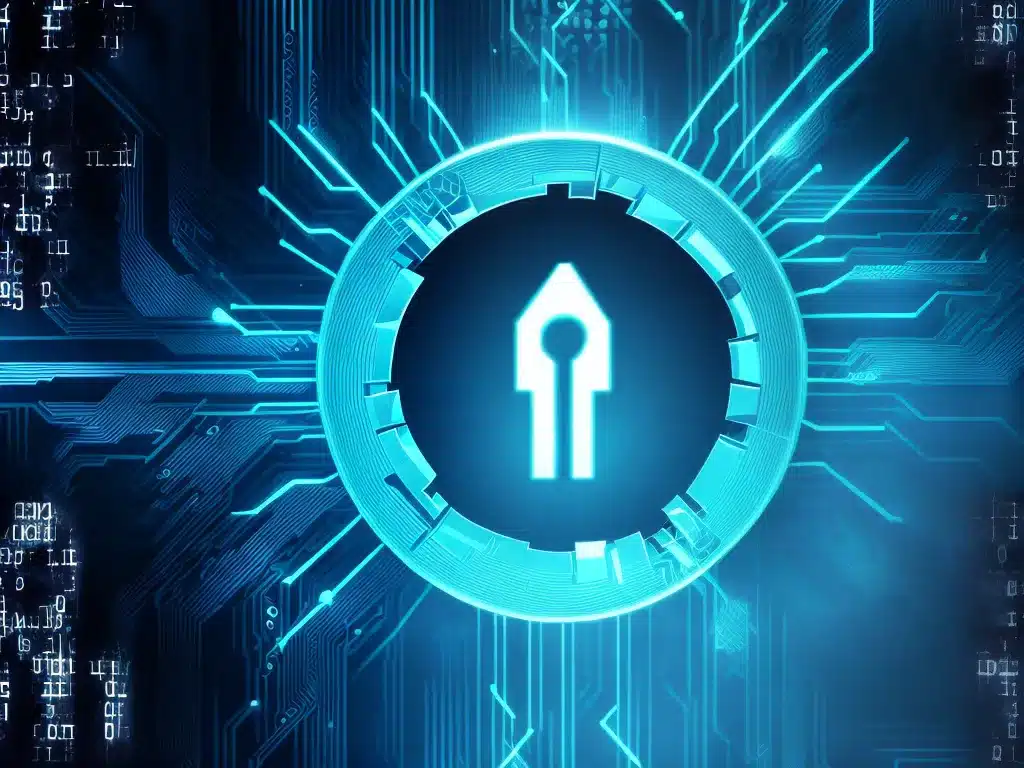The Rise of Ransomware and How to Stop It
What is Ransomware?
Ransomware is a type of malicious software that threatens to publish your data or block access to it unless you pay a ransom. It has become an increasingly common cyber threat in recent years.
Ransomware typically spreads through phishing emails containing infected attachments or links. When clicked, these downloads the ransomware program onto your device. The program then encrypts your files so you cannot access them anymore.
The ransomware displays a message demanding payment, usually in cryptocurrency like Bitcoin, in exchange for the decryption key. If the ransom is not paid, the data remains locked forever.
The Rise of Ransomware Attacks
Ransomware attacks have increased dramatically since the mid-2010s. Here are some key reasons behind the rise:
-
Profitability – Ransomware is a lucrative business for cybercriminals, generating estimated revenues of over $1 billion annually. Payments are hard to trace as they use cryptocurrency.
-
Vulnerable targets – Many organizations and individuals lack adequate cybersecurity protections, making them vulnerable. Healthcare and education systems have been frequent targets.
-
“Ransomware-as-a-service” – New business models allow less tech-savvy criminals to purchase ransomware tools, executors, and other services from developers. This expands the pool of potential attackers.
-
Larger ransom demands – As victims pay larger amounts, ransomware gangs increase their demands. Recent ransoms have exceeded $50 million for some organizations.
Major Ransomware Incidents
Some major ransomware attacks in recent years include:
-
The WannaCry outbreak of 2017 infected over 200,000 computers by exploiting weaknesses in Microsoft Windows systems. It severely disrupted hospitals, telecoms, and logistics companies globally.
-
NotPetya in 2017 caused over $10 billion in damages by wiping data from thousands of computers. Major multinational companies like shipping giant Maersk were significantly impacted.
-
The Colonial Pipeline company was hit in 2021, forcing it to shut down a major US fuel pipeline for days. This led to gas shortages and price hikes. The company reportedly paid a $4.4 million ransom.
-
An attack on Kaseya’s remote management software in 2021 spread to over 1,000 downstream businesses, many managed service providers. It was one of the largest ransomware attacks to date in terms of reach.
How to Stop Ransomware Attacks
Here are some key ways for organizations and individuals to reduce ransomware risks:
Keep Software Up-To-Date
-
Maintain updated operating systems, software, and applications. Promptly install any patches and security fixes released by vendors.
-
Outdated programs contain vulnerabilities that ransomware often exploits to infect devices.
Use Strong Passwords
-
Employ long, complex passwords and enable multi-factor authentication wherever possible.
-
Weak passwords allow attackers easy access to accounts and networks.
Back Up Critical Data
-
Maintain recent backups of critical files, stores separately from your network. This allows restores after an attack.
-
Test backups regularly to verify their integrity and usability.
Be Wary of Suspicious Emails
-
Exercise caution with emails from unknown senders, and do not open attachments or click links inside.
-
Use email security tools to detect and block phishing attempts and malware.
Restrict Privileges
-
Only provide users the minimum system access they require to do their jobs.
-
Limiting privileges makes it harder for ransomware to spread and cause damage if a system is infected.
Deploy Security Solutions
-
Install endpoint protection software, firewalls, intrusion systems, and email filters to block known threats.
-
Modern AI/ML powered cybersecurity tools can detect and stop many ransomware variants based on their behaviors.
Staying vigilant and taking prompt action if infected can help mitigate the significant damages of ransomware. But as threats continue evolving, organizations must invest in robust cyber defenses for long term resilience.












